Keeping your home or business secure from the outside elements is essential for protecting both the building’s structure and its inhabitants. One frequently overlooked area that can significantly impact the overall security and climate control of a building is the door threshold.
When not properly sealed, the gap between the door and the concrete can result in drafts, moisture, and even pests. This can result in higher energy bills, water damage, and potential safety hazards. Here, we will guide you through the steps of how to seal door threshold to concrete and comfortable.
Whether you are a homeowner looking to improve your energy efficiency or a business owner concerned about the security of your building, this guide will provide you with all the necessary information and tips to seal your door threshold to concrete successfully.
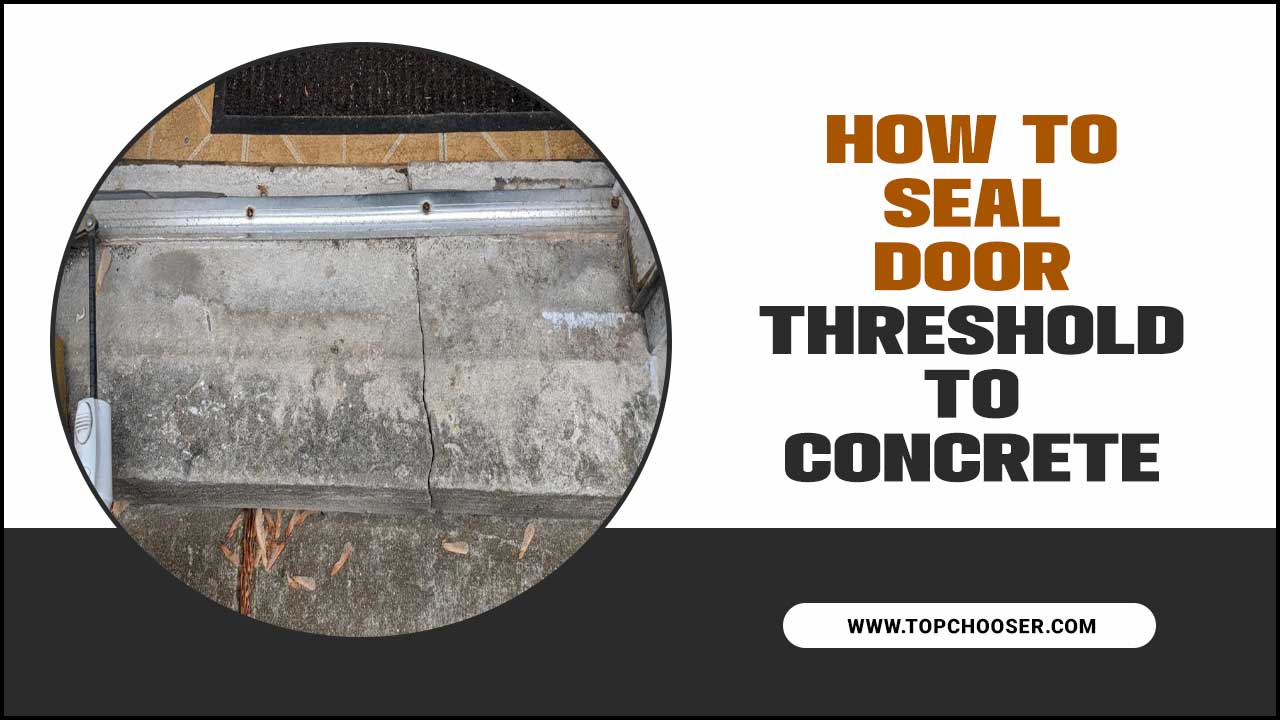
What Is A Threshold?
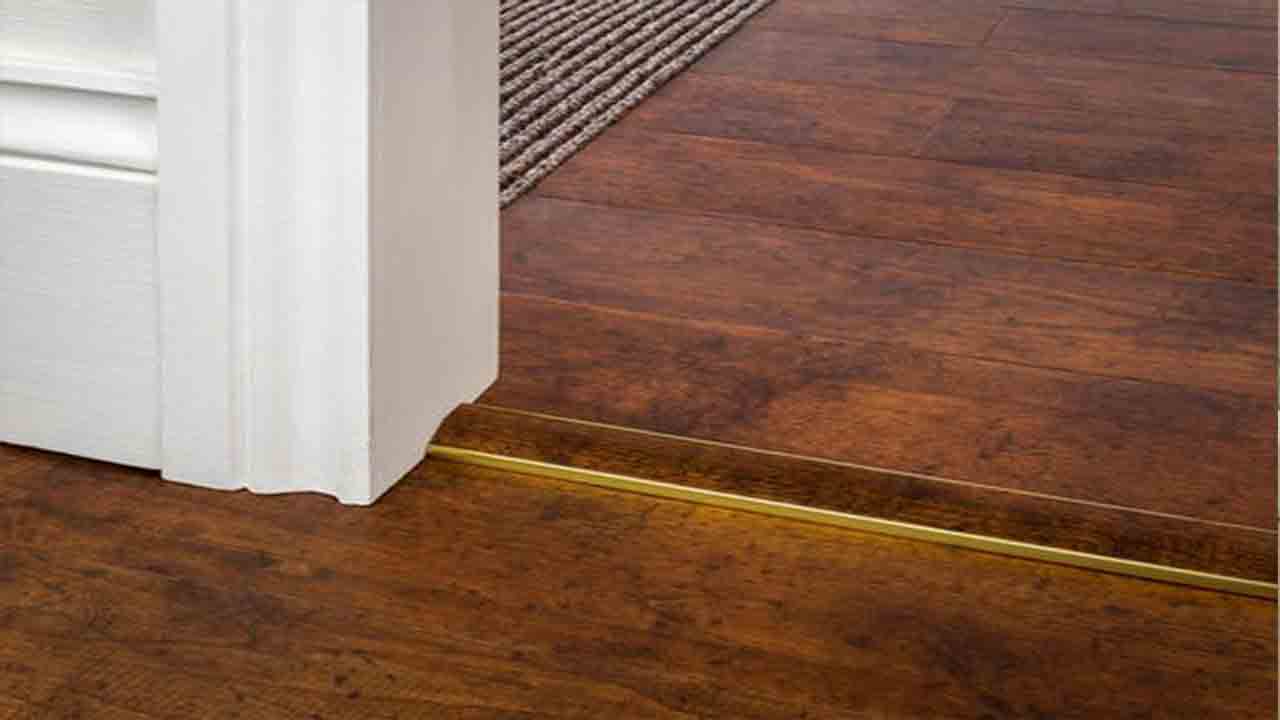
A threshold is an important component of a door that helps to create a seal between the interior and exterior of a building. It is typically made of metal or wood and is installed at the bottom of a doorway, creating a smooth transition between different floor surfaces.
The purpose of a threshold is to prevent air, water, and insects from entering the building through gaps under the door. Sealing the threshold to concrete is crucial in ensuring that it effectively performs its function.
Why Seal The Door Threshold To Concrete?
Sealing a door threshold to concrete can help prevent air and water leaks and improve energy efficiency. Without proper sealing, air and water can seep through the gap between the door and the concrete, leading to drafts, moisture damage, and increased energy bills.
Sealing the threshold with a weather-resistant sealant or adhesive can help create a tight seal that removes unwanted air and water. Additionally, sealing the threshold can help prolong your door’s life by preventing moisture damage that can lead to rot or corrosion. Overall, sealing your door threshold to concrete is an important step in maintaining a safe, comfortable, and energy-efficient home.
Tools You Need
- Pry bar or flathead screwdriver
2. Hammer
3. Power drill
4. Masonry drill bit
5. Concrete anchors
6. Caulk gun
7. Silicone caulk
8. Waterproof sealant
9. Level
10. Measuring tape
11. Safety goggles
12. Dust mask
13. Gloves
7 Effective Steps On How To Seal Door Threshold To Concrete
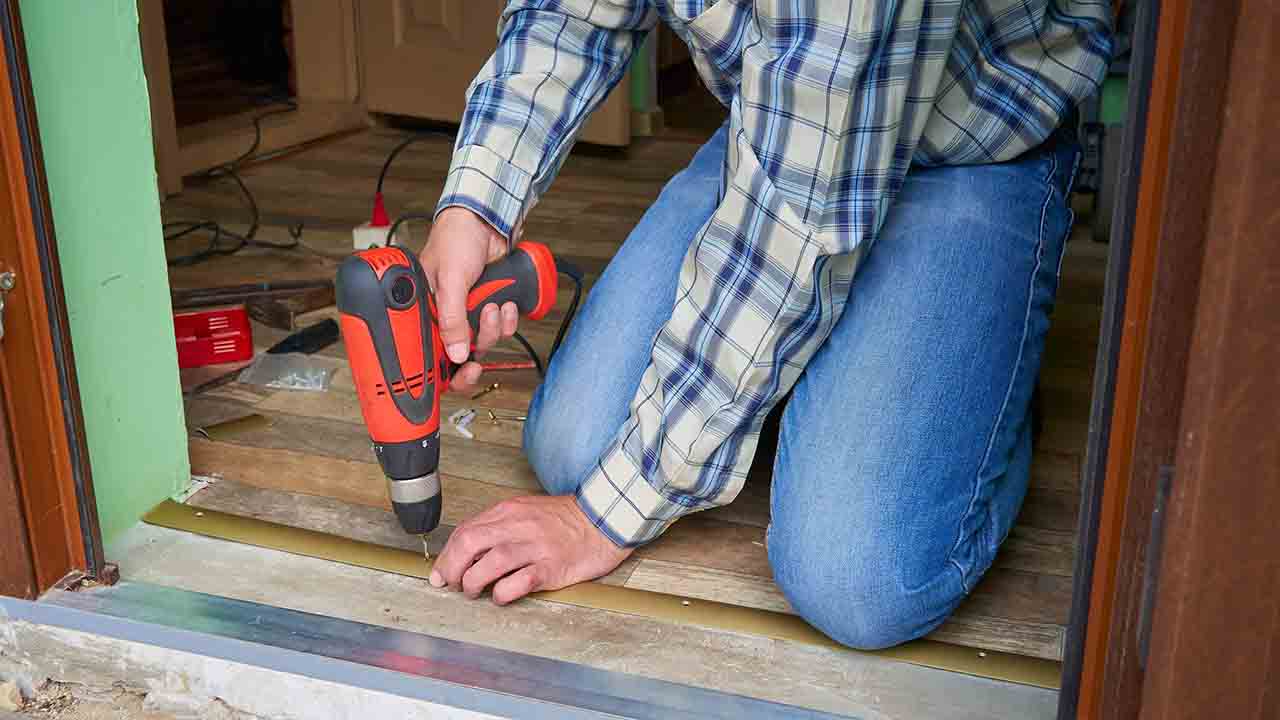
One cannot underestimate the importance of a properly sealed door threshold. The door threshold serves as the barrier between the interior and the exterior of a building, preventing air leaks, water infiltration, and even pests from entering. A well-sealed door threshold not only enhances the overall energy efficiency of a structure but also helps to maintain a comfortable indoor climate.
One of the key benefits of a properly sealed door threshold is its ability to prevent air leaks. Air leaks can significantly impact the energy efficiency of a building, leading to increased heating or cooling costs. Here are 7 steps on how to seal door threshold to concrete:
1. Examine Your Current Threshold
Carefully inspect your current door threshold to assess its condition. Look for any signs of damage, wear, or gaps between the threshold and the concrete floor. Check for any cracks, rot, or warping that may indicate the need for a replacement. It’s crucial to ensure that the threshold is level and properly aligned with the door frame.
Additionally, take note of the material your threshold is made of, as this will determine the appropriate sealant to use. By thoroughly examining your current threshold, you’ll be able to identify any areas that may require attention before proceeding with the sealing process.
2. Choose A Suitable Seal For The Threshold

Once you have assessed the condition of your door threshold and determined that it needs to be sealed, the next step is to select a suitable sealant for the job. There are several options available, each with its advantages and considerations.
One common choice is silicone sealant, which is known for its flexibility and durability. Silicone sealants are resistant to weathering, UV rays, and temperature changes, making them ideal for outdoor applications. They also adhere well to both concrete and metal surfaces, providing a reliable and long-lasting seal.
Another option is polyurethane sealant, which offers excellent adhesion and flexibility. Polyurethane sealants are particularly suitable for areas with heavy foot traffic, as they have good resistance to abrasions and impacts. They are also resistant to moisture and can withstand extreme temperatures, ensuring that your threshold remains sealed and protected.
3. Repairing Gaps And Cracks
Once you have successfully sealed the door threshold to the concrete, it is important to address any gaps and cracks that may be present. These gaps and cracks can not only compromise the effectiveness of the seal but also allow for drafts, water leaks, and even pests to enter your home.
To start, thoroughly inspect the area around the door threshold for any visible gaps or cracks. Use a flashlight to ensure you don’t miss any small openings. Pay close attention to the corners and edges, as these are common areas where gaps can occur. gather the necessary materials for the repair.
Depending on the size and severity of the gaps and cracks, you may need a variety of products such as beads of caulk, epoxy, or concrete patching compound. Choose the appropriate material based on the nature of the gaps and cracks you are dealing with.
4. Ensure The Existing Threshold Is Securely Fastened
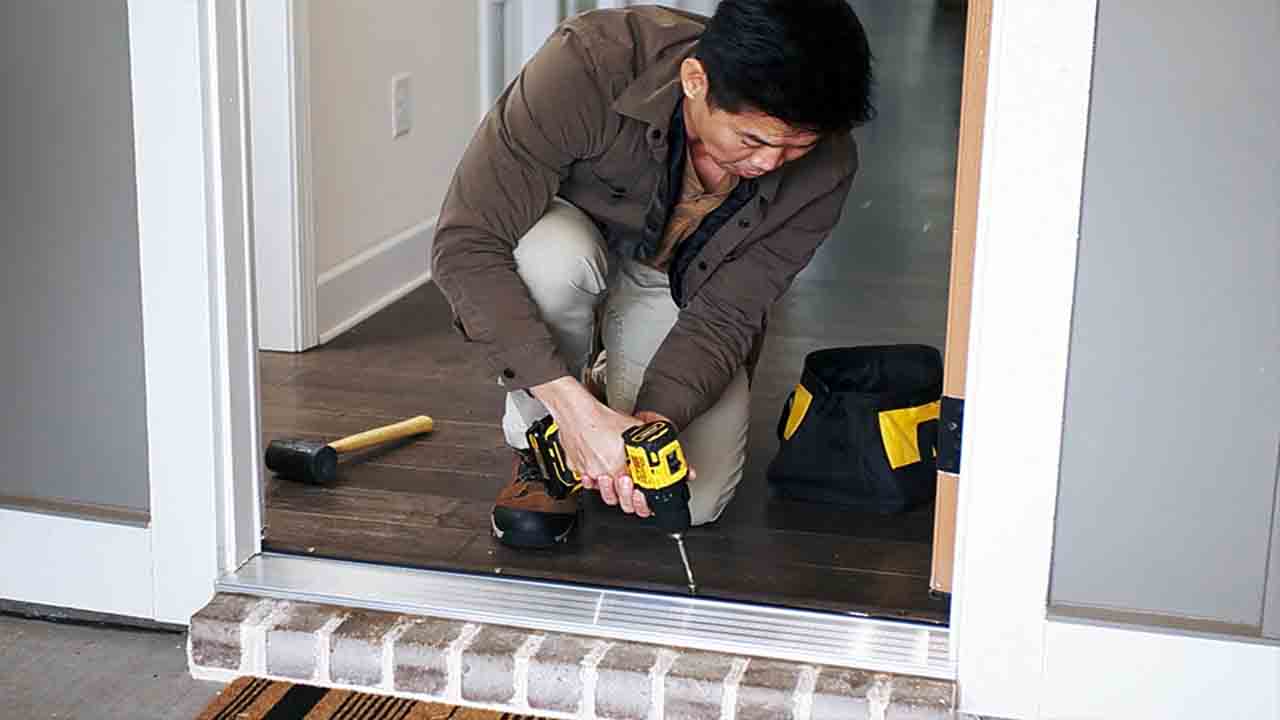
Start by thoroughly inspecting the existing threshold for any loose screws or nails. If you find any, use a screwdriver or a hammer to tighten them or replace them if necessary. Make sure that all fasteners are securely tightened to prevent any movement or shifting of the threshold. Next, check for any cracks or damages in the threshold itself.
If there are any, it is recommended to repair or replace the threshold before proceeding with the sealing process. A damaged threshold may compromise the effectiveness of the sealant and lead to potential leaks or drafts. Once you have ensured that the existing threshold is secure and free from any damages, clean the surface thoroughly. Use a broom or vacuum cleaner to remove any dirt, debris, or loose particles from the threshold.
5. Secure A Door Threshold To Concrete.
Gather the necessary tools and materials for this task, including a drill, masonry bit, screws, and a screwdriver. Place the door threshold on the concrete surface where you want to install it. Make sure you align it correctly with the door opening and that it sits evenly on the concrete.
Using the drill and masonry bit, create pilot holes in the concrete at the predetermined screw hole locations on the door threshold. The pilot holes should be slightly smaller than the screws you will be using.
Once the pilot holes are ready, place the door threshold back into position on the concrete. Insert the screws into the pilot holes and tighten them using a screwdriver. Be sure to drive the screws all the way into the concrete, ensuring a secure and stable attachment.
6. Clean Your New Threshold
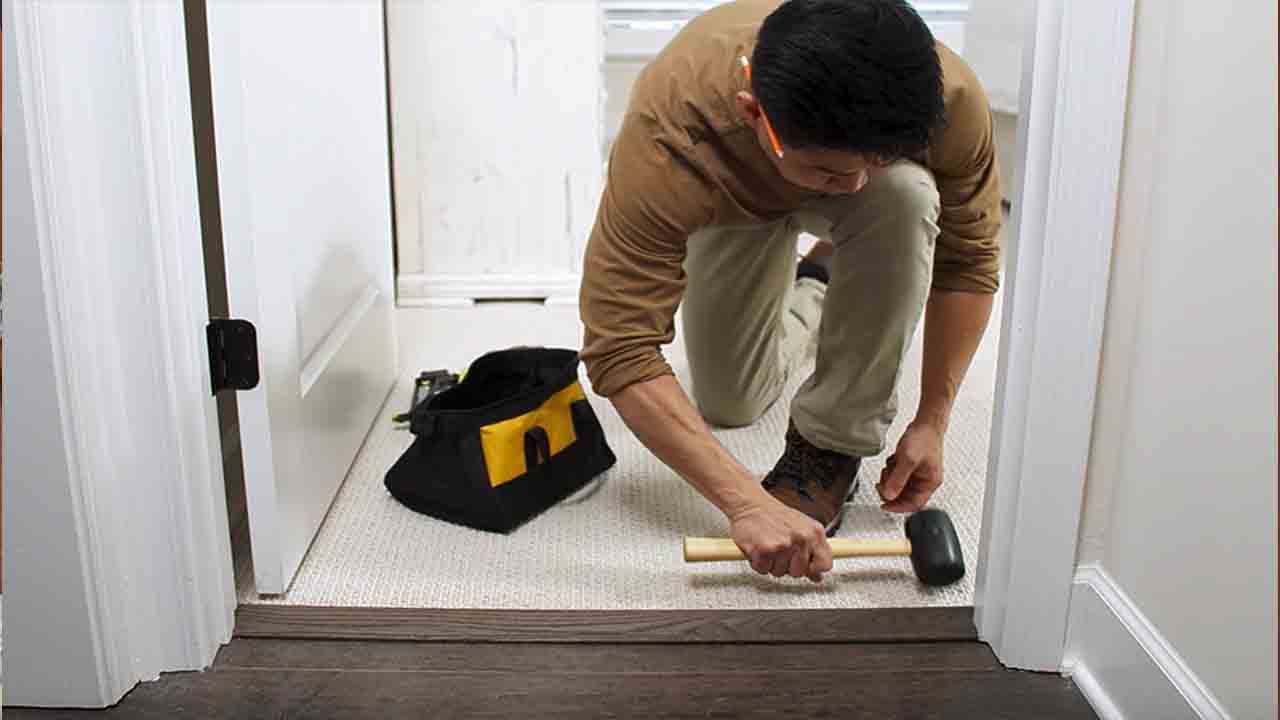
After successfully sealing the door threshold to the concrete, it is important to take the time to clean your new threshold properly. This step ensures that your threshold remains in good condition and free from any dirt or debris that may have accumulated during the installation process. To clean your new threshold, start by removing any loose dirt or dust using a broom or vacuum cleaner.
Pay special strip attention to the corners and edges, as these areas may collect more debris. Once the loose dirt is removed, use a mild detergent mixed with warm water to scrub the threshold surface. You can use a soft-bristle brush or a sponge to scrub away any stubborn stains or grime gently.
7. Apply Liquid Weatherproof Or Rubber Seal
In order to ensure a tight seal and protect against any potential water damage or drafts, it is crucial to properly apply a liquid weatherproof or rubber seal to the door threshold. This step is essential in completing the process of sealing the door threshold to the concrete. carefully inspect the area to ensure it is clean and free from any debris or dirt.
Use a brush or vacuum to remove any loose particles that may affect the adhesion of the sealant. select the appropriate liquid weatherproof or rubber seal. There are various options available in the market, so choose one that is compatible with the materials of your door threshold and concrete surface.
Which Sealant Is Best For Repairing A Door Threshold To Concrete?
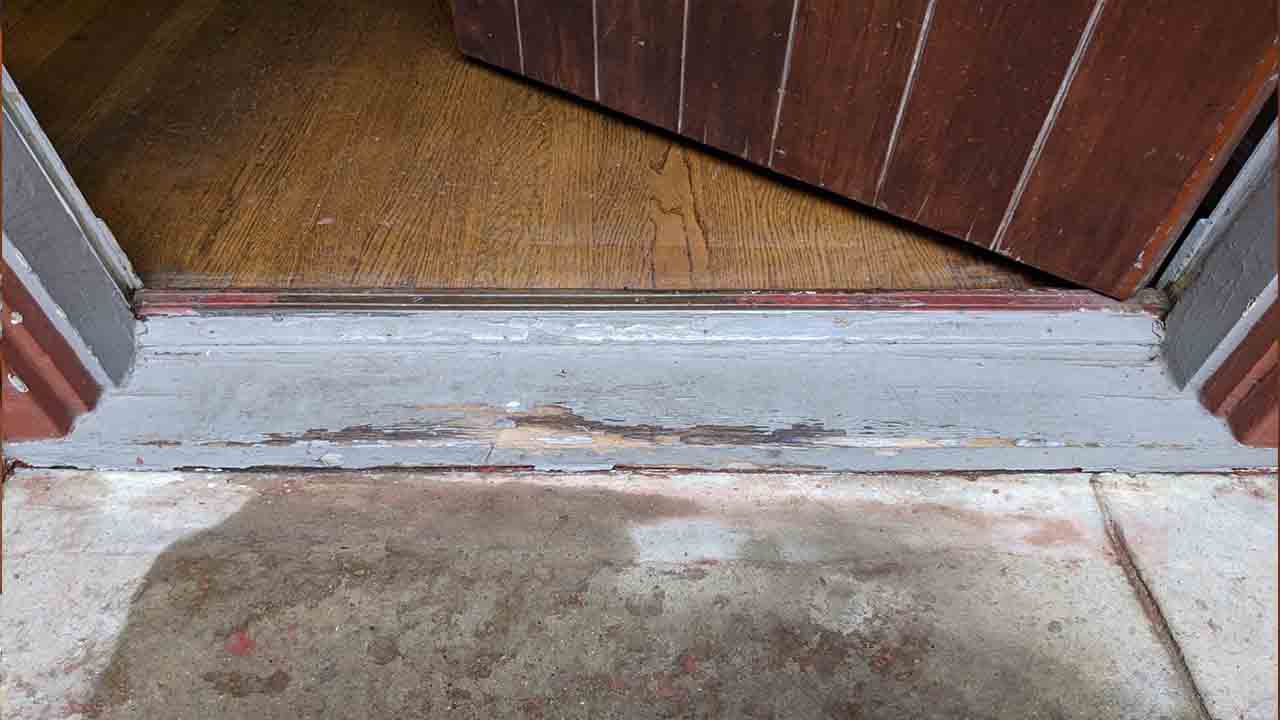
When repairing a door threshold to concrete, selecting the right sealant is crucial for ensuring a long-lasting and secure fix. Taking the time to select the right sealant can make all the difference in the durability and effectiveness of the repair. The best sealant for this job has specific designs for use on concrete surfaces, such as:
- Silicone-Based Sealant: Provides excellent adhesion to concrete and door threshold materials, creating a durable and long-lasting seal.
- Polyurethane Sealant: Offers superior flexibility and resistance to weathering, making it suitable for outdoor applications.
- Epoxy Sealant: Provides a strong bond and is ideal for repairing cracks or gaps in the concrete or door threshold.
- Acrylic Sealant: Easy to apply and dries quickly, offering good adhesion and weather resistance.
- Hybrid Sealant: Combines the best properties of different sealant types, providing excellent adhesion, flexibility, and durability.
So you can get your door back in working order as soon as possible. Consulting with professionals or reading product reviews can help you decide which sealant will work best for your specific repair needs.
How Long Will A Sealant Last On A Door Threshold To Concrete?
The sealant lifespan on a door threshold to concrete can vary depending on various factors. High-quality sealants can last up to 10 years or more, while lower-quality sealants may only last a few years. Factors like exposure to sunlight, moisture, temperature changes, and foot traffic can also affect the longevity of the sealant.
To ensure that your door threshold remains properly sealed, it is recommended to inspect the sealant and reapply as needed periodically. Regular maintenance and upkeep can help extend the lifespan of the sealant and prevent any potential damage to your door threshold or surrounding areas.
Should You Replace A Damaged Or Deteriorating Door Threshold?
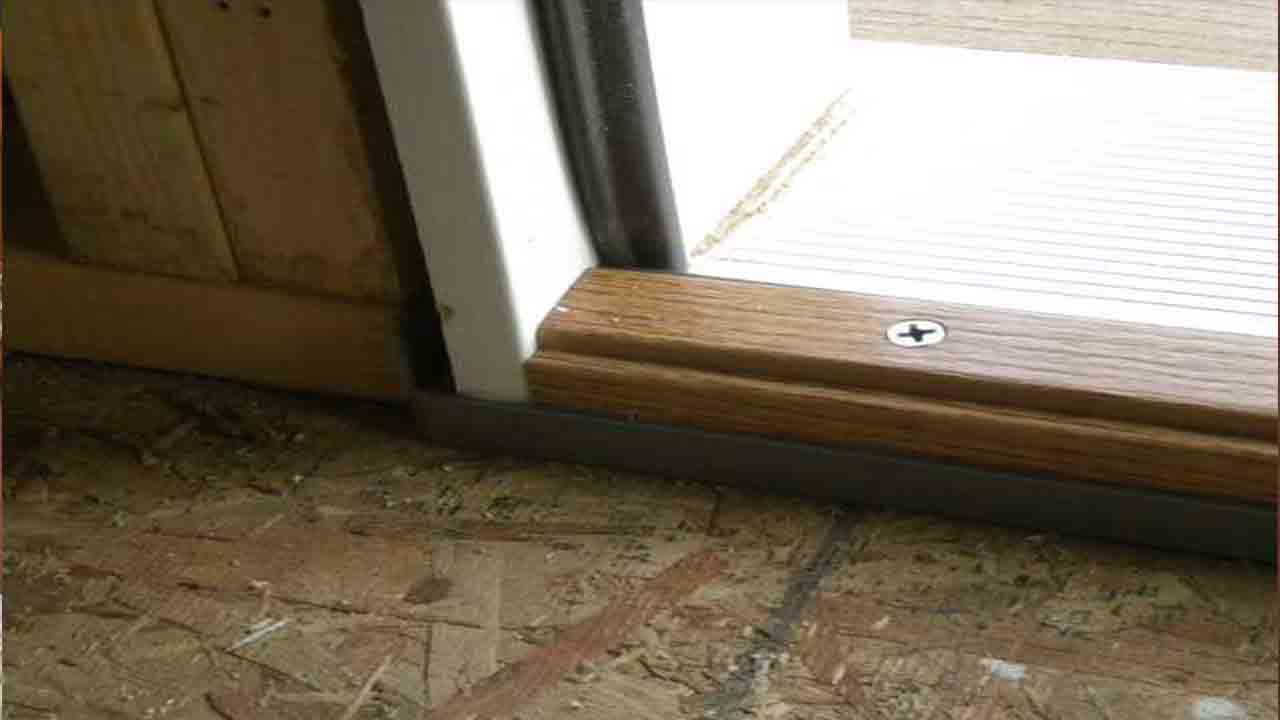
If your door threshold is damaged or deteriorating, it is worth considering a replacement. A damaged threshold can lead to several issues, including air leaks, water damage, and pest infiltration.
Additionally, a worn or damaged threshold can make opening and closing the door more difficult, which can be frustrating and potentially dangerous. While repairing a threshold may seem like a more cost-effective solution in the short term, it is often more practical to replace it entirely.
You need to ensure that you properly seal and function your door as it should be. If you’re unsure whether your door threshold needs replacing, consult a professional for guidance on the best course of action.
Tips For Sealing Door Threshold To Concrete Properly
Sealing a door threshold to concrete is an important step in ensuring your home is properly insulated and protected from the elements. Properly sealing a door threshold to concrete is important to prevent drafts and maintain energy efficiency in your home. Here are some tips to ensure that you seal your door threshold properly:
- Clean the area thoroughly before applying any sealant. This will help to remove any dirt or debris that could prevent the sealant from adhering properly.
- Choose a high-quality sealant that has specific designs for use on concrete surfaces. Look for durable, weather-resistant products that are able to withstand foot traffic.
- Apply the sealant evenly and generously, filling any gaps or cracks in the concrete. Use a caulk gun or other applicator tool to ensure an even application.
- Allow the sealant ample time to dry and cure completely before walking or placing heavy objects on it. This will help ensure the sealant sets properly and provides adequate protection against drafts and moisture.
With these tips, you can be sure that your door threshold is sealed properly and help you maintain an efficient home.
Benefits Of Sealing Door Threshold To Concrete
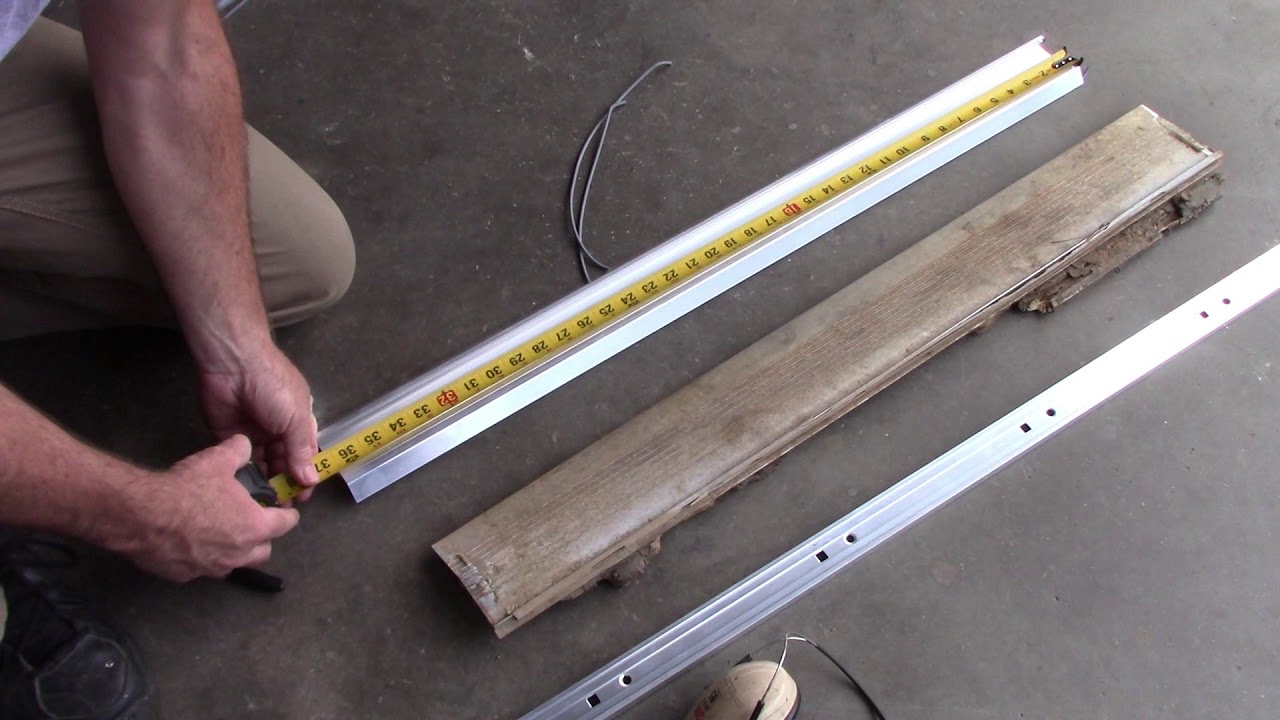
Door threshold to concrete, keeping dirt and dust out helps keep your home clean and hygienic. A sealer like Neet can easily apply a waterproof seal to the doorstep surface. It also helps protect the floor and furniture from water damage. Sealing door thresholds to concrete can provide several benefits for homeowners.
- One of the biggest advantages is improved energy efficiency. By sealing gaps between the threshold and the concrete, you can prevent drafts and air leaks, which can help to keep your home warmer in the winter and cooler in the summer.
- Additionally, sealing door thresholds can help prevent moisture from seeping into your home, which can lead to water damage to tools and mold growth. This can be particularly important in areas with high levels of rainfall or humidity.
- Overall, sealing door thresholds to concrete is a simple yet effective way to improve the comfort and durability of your home.
Conclusion
Learning how to seal a door threshold to concrete can seem like a daunting task, but with the proper materials and techniques, it can be easily accomplished. Remember to thoroughly clean and prepare the surface, choose a suitable sealant, and apply it evenly for a strong and long-lasting seal.
Taking the time to properly seal your door threshold will not only prevent drafts and moisture from entering your home, but it will also help to improve energy efficiency and increase the lifespan of your door. With these steps on how to seal door threshold to concrete, you can confidently tackle this home improvement project and create a secure and sealed entrance for your home.
Frequently Asked Questions
[rank_math_rich_snippet id=”s-c319ac90-9d20-48c5-88f8-7adb48db26a4″]

I am passionate about home engineering. I specialize in designing, installing, and maintaining heating, ventilation, and air conditioning systems. My goal is to help people stay comfortable in their homes all year long.
